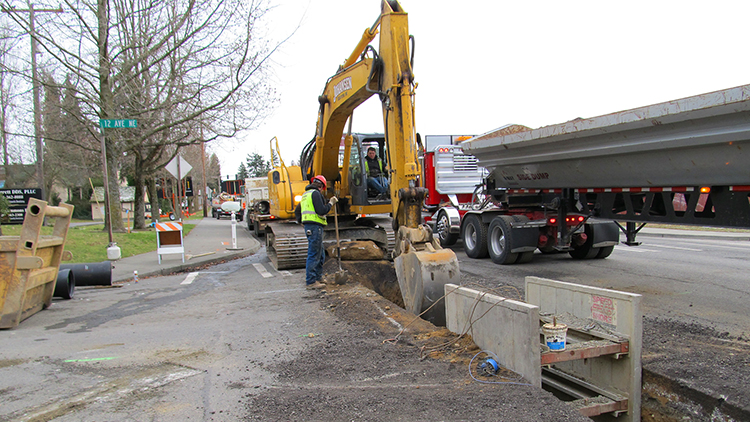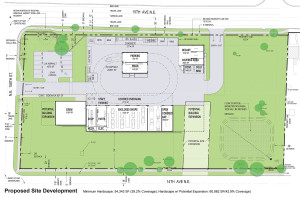How does a District address significant infrastructure needs, against dwindling infrastructure financing, with the least impact to our ratepayers?
Over the past few years, stories about bridge collapses, massive roadway sink holes, and other signficant infrastructure events have been appearing more frequently in both local and national news.
Nationally and statewide, all types of infrastructure (from transportation, aviation, ports and waterways, and broadband, to water resources, energy, electricity transmission, and pipelines) are in need of significant update and/or expansion. It’s no surprise that infrastructure became a campaign promise during the last presidential election.
Add in our state’s failure to pass a capital budget in June (this is separate from the operating budget), the elimination of one of our state’s most successful infrastructure funding sources (Public Works Assistance Account), all amidst record state development and population growth, and we’ve got quite a conundrum.
Reliable Infrastructure Requires Reliable Funding
Like it or not, our communities have come to depend on the county, state, and federal government to help fund local infrastructure projects.
At the federal level, there is considerable talk about public/private financing. At our state level, failure to pass a capital budget in June means many projects that were ready for construction or already under construction will no longer receive state financing.
From a drinking water standpoint alone, the failure to pass the state capital budget directly impacted 74 local drinking water projects. This has never happened before, and there’s no telling what the long term impacts will be.
One of these 74 projects was our North City Pump Station. Thankfully, we had already financed a large portion of this project beyond the loan amount (through proactive bond financing), so we did not have to shut it down. Other Districts and Cities were not so lucky…
Careful Analysis + Long-Term Planning + Patience
Capital projects represent large undertakings that Districts plan many years in advance. Whenever North City Water District conducts our annual budget review, we look at each upcoming project, carefully analyze its funding sources against a variety of factors including the economy, and make decisions accordingly—prior to starting the project—sometimes years in advance.
Case in point: back in the early 1990s, we began planning for eventual expansion of our shop and administrative facilities—both of which had been located down the street (at 16906 15th Avenue NE) since the mid-1940s.
We spent the next two decades exploring various options, eventually deciding to relocate just our Administrative Offices to the present location at 1519 NE 177th Street in North City, and continue searching separately for the best site and financing approach for our Maintenance Facility.
25 years later, the right combination of scope, land, and financing came through for the Maintenance Facility. Not only does its new site (at 15555 15th Avenue NE; site plan pictured above) offer excellent advantages, it allowed us to collect rental income from the property for a couple years until we were ready to issue revenue bonds for construction.
This level of careful planning, timing, and budgeting is going to become even more critical in the years ahead, in order to meet ongoing infrastructure and capital improvement needs with the least financial impact on our ratepayers.


